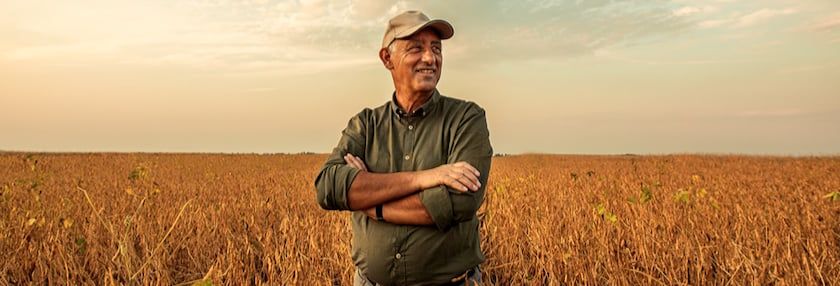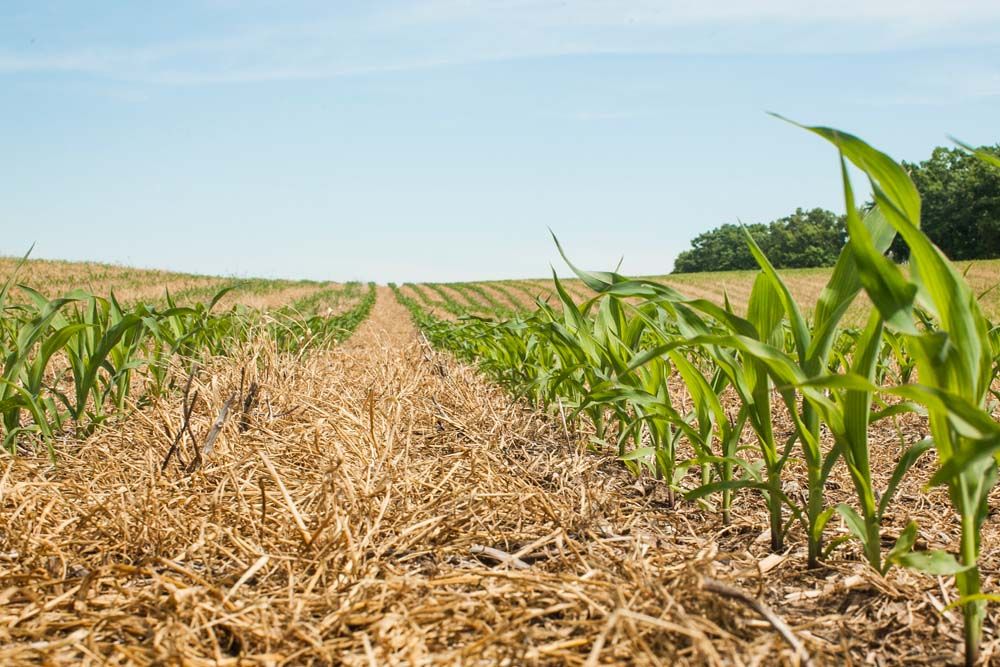Can Older Farmers Keep Up?


The next yield is a question mark
Raise your hand if you still remember the old Pete Seeger song made famous by Peter, Paul and Mary, “Where Have All The Flowers Gone?” If you raised your hand, you’re probably old enough to be the average age for a farmer in the U.S.
In fact, the 2017 Census Of Agriculture showed that the average age of an American farmer today is 57 years, while 23% of all U.S. farm sales are made by farmers aged 65 and older. If we then remember that everyone gets older, and, to put it bluntly, everybody dies, you can excuse me if I’m thinking, where have all the young farmers gone?
More people need more food
The United Nations constantly warns that the world population will reach an incredible 9.8 billion people by 2050. Which is only 25 years away and, if my first 25 years are anything to go by, will fly past in the blink of an eye.
By then, those 57 to 65 year old farmers will be 82 to 90 and not in the mood to feed billions of people anymore. So where does that leave us?
Luckily for everybody who likes to eat, the rise in population and an increase in the demand for food has made the world see the value of agriculture and its contribution to society.
A few years ago farming was a profession that was handed down from generation to generation and was held in low esteem compared to white collar jobs. Today, it is slowly changing and becoming an aspirational job, as much revered for its projected lifestyle-image as for making a real-world difference.
Agriculture is shrugging off the plaid jacket off yesteryear, and is slipping into something slinky and sexy. That specific little black number is called technology, and in the words of any old-timer: “It’s all the rage among the young people today.”
For a long time, farming was a mysterious, one-man show run by stubbly-cheeked, and bad-tempered old men in coveralls, constantly squinting up at the sky, muttering about rain.
Who knew farming was Instagrammable?
Today, farming is everywhere, with sassy young farmers making music videos, commenting on the joys of getting stuck with a combine, or filling bins. They take pictures and share them with their hundreds of thousands of followers, inviting us to share in their joy and heartache.
It is difficult to like, let alone love, something unfriendly and aloof, but the moment that industry invites you in, welcoming you in with the warmth and big love of farming. There is no greater feeling in the world. And more and more Americans are discovering that great big family feeling every day.
This, of course, bodes well for an industry that is almost exclusively focused on producing food for a growing population. The more interest ag generates, the more people you’ll find wanting to get into it.
There is a dark cloud to this silver lining though: the high land prices, machinery prices and rocketing input costs all put paid to the idea of buying that piece of Minnesota land tomorrow and making first harvest by next season. Luckily, agriculture is not only farming: It is a world as wide as the imagination.
Could your grandfather even imagine?
Take seeds, for instance. Farmprogress.com cites a fascinating fact: Corn yields in 1950 averaged 40 bushels per acre, while more recently on average corn yield was more than 160 bushels. Soybeans increased from 22 bushels in 1950 to 40-plus bushels in 1980.
This could not have been possible if there had not been men and women whose passion it was to create new generations of corn and soybean seeds capable of tolerating drought, temperature, disease, insects, and fungi in order to bring yields up.
It’s the same with machinery. The very first tractors looked much different from the sleek, sexy beasts we see no-tilling fields today. Just go look at the very first John Deere, the Waterloo Boy, in the Smithsonian, in Washington DC.
The little two-cylinder, 25 hp museum piece, replete with iron wheels, is a far cry from the air-conditioned, self-steering miracle machines we see today.
And yet, someone, sometime, saw the potential for a machine that could do the work of four or five horses.
Agriculture is not just about that down-home feeling of ma and pa around the breakfast table, or bringing in the crop. It is a sophisticated, dynamic industry, complete with engineers, scientists, technicians, veterinarians, and yes, its own bevy of young, and eager farmers ready to bring in the next harvest.
See why farming is hot, especially among younger people!
https://www.usda.gov/media/blog/2021/06/16/allure-farming-irresistible
Tags:The Farm Babe

Acreage Life is part of the Catalyst Communications Network publication family.
















